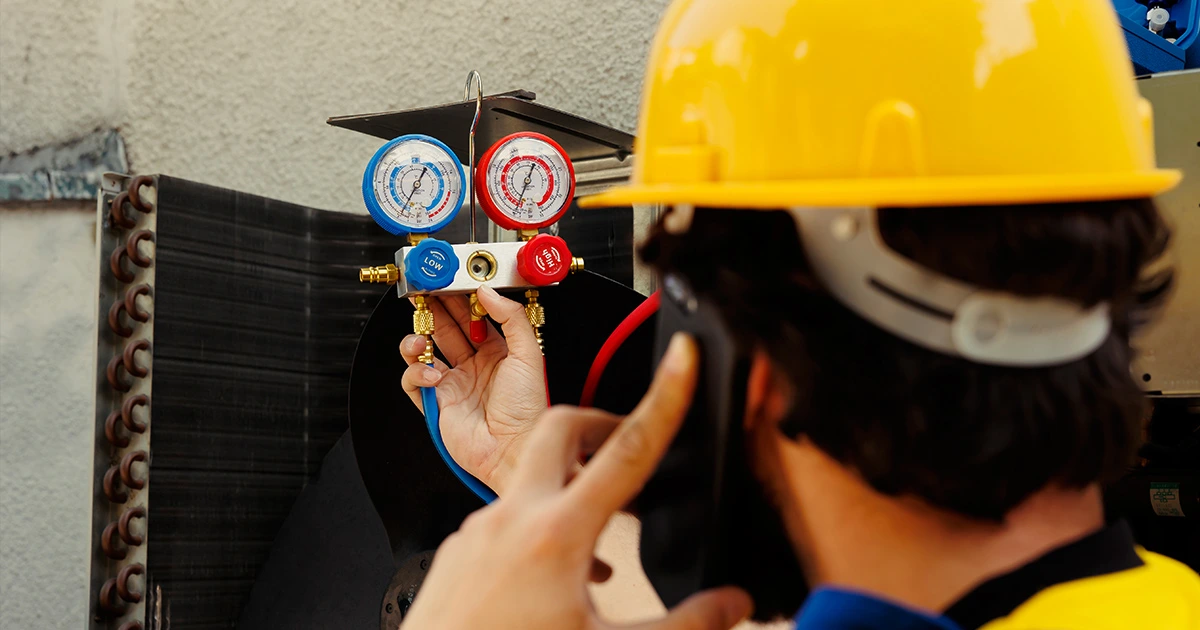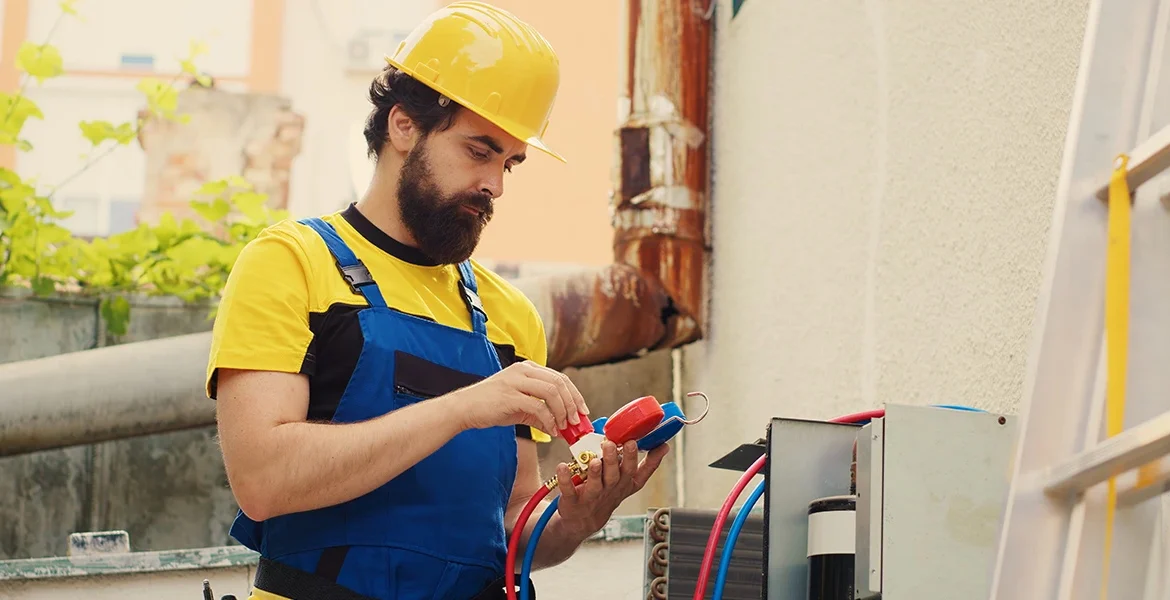In today’s world, where safety and compliance are paramount, understanding the importance of Electrical Installation Condition Reports (EICRs) is essential for both homeowners and businesses. This guide aims to provide clarity on what EICRs are, why they are necessary, and how to obtain an electricity certificate for your property.
When it comes to electrical safety in residential and commercial properties, one of the most crucial documents you may encounter is the Electrical Installation Condition Report (EICR). This guide will delve into what an EICR is, its importance, and how it relates to obtaining an electricity certificate.

What is an Electrical Installation Condition Report?
An Electrical Installation Condition Report (EICR) is a formal document that assesses the safety and condition of electrical installations within a property. This report identifies any potential hazards, non-compliance with the current electrical regulations, and areas that require attention or remedial action. The EICR provides a comprehensive overview of the electrical systems in place, ensuring they are safe for use and fit for purpose.
Why is an EICR Necessary?
Safety Assurance
Safety is the primary reason for obtaining an EICR. Electrical installations can deteriorate over time due to various factors, including wear and tear, environmental influences, and improper usage. An EICR helps identify any potential risks, such as faulty wiring or overloaded circuits, which can lead to electrical shocks, fires, or other dangerous situations.
Legal Compliance
In the UK, landlords are legally required to have an EICR conducted every five years or at the change of tenancy. Failure to comply can lead to significant fines and legal repercussions. Homeowners, while not legally obliged, should consider having an EICR to ensure their home is safe and to protect their investment.
Insurance Requirements
Many insurance companies require an electricity certificate as part of their policy conditions. Having a valid EICR can prevent issues with claims in the event of an electrical-related incident, ensuring that you are adequately covered.
The Process of Obtaining an Electrical Installation Condition Report Certificate
Choosing a Qualified Electrician
The first step in obtaining an EICR is to engage a qualified electrician who is registered with a competent person scheme, such as NICEIC or ELECSA. These organisations ensure that electricians meet specific standards and are up to date with the latest regulations.
Conducting the Inspection
Once you’ve selected a qualified electrician, they will carry out a thorough inspection of your electrical installations. This typically involves:
- Visual Inspection: Checking for any visible signs of wear and tear, such as damaged cables, improper connections, or outdated fixtures.
- Testing: Using specialised equipment to test the functionality and safety of the electrical systems, including circuit continuity, insulation resistance, and earth fault loop impedance.
- Documentation: Recording findings and identifying any necessary remedial actions.
Receiving the EICR
After the inspection, you will receive your Electrical Installation Condition Report certificate. This document will detail the condition of your electrical installations, highlight any issues, and provide recommendations for improvements or repairs. The EICR will be classified into one of three categories:
- Code 1 (C1): Danger present. Immediate action is required.
- Code 2 (C2): Potentially dangerous. Urgent remedial action is needed.
- Code 3 (C3): Improvement recommended. No immediate danger but suggests further attention.
Understanding Your Report
The EICR certificate will include vital information, including:
- The address of the property inspected.
- The date of the inspection.
- The name and registration number of the electrician or inspection body.
- Details of any deficiencies found, along with the appropriate codes.
- Recommendations for remedial work.
It’s essential to read your report carefully and understand any actions required to ensure the safety of your electrical installations.
In summary, obtaining an Electrical Installation Condition Report certificate is a vital step in ensuring the safety and compliance of electrical installations in any property. Whether you are a homeowner, landlord, or business owner, regular inspections are essential for maintaining a safe environment. Don’t overlook the importance of an EICR; it is a proactive measure that protects lives and property.



Leave a Reply
You must be logged in to post a comment.